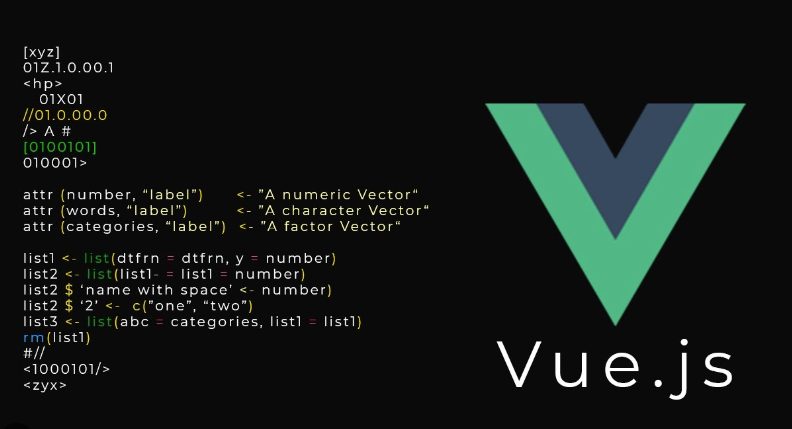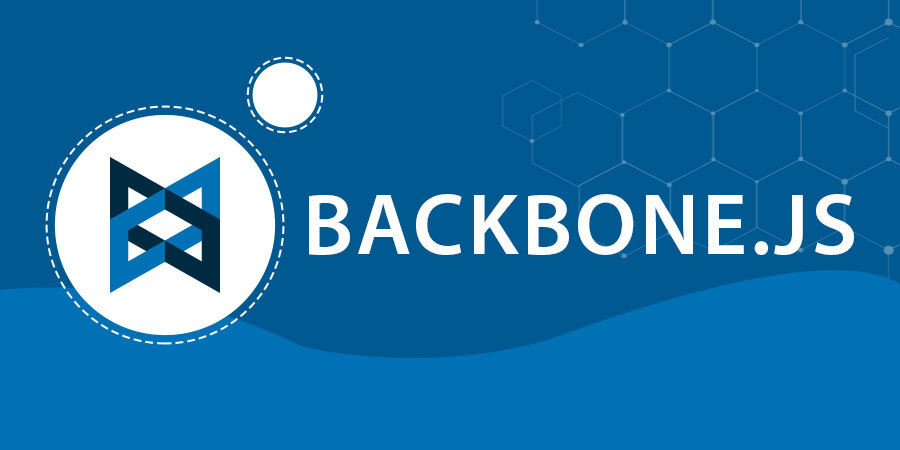How to Create a Transportation App: Features,
Price, and Implementation Steps
29 Aug 2023
18 min

CTO

Technical Writer
JavaScript frameworks have revolutionized web development, offering developers powerful tools to build scalable, dynamic applications. This article will walk you through the most popular frameworks, such as React, Angular, Vue.js, Backbone.js, and Node.js, emphasizing their features and practical applications. Additionally, we’ll review case studies where Duanex team used these technologies to transform businesses. Let’s take a detailed look at each framework and explore how they can be leveraged to build efficient, scalable, and dynamic web applications.

React
React, developed by Facebook, is one of the most widely used JavaScript libraries for building user interfaces, particularly for single-page applications (SPAs). Its component-based architecture allows developers to break down complex UIs into smaller, reusable components, improving maintainability and efficiency.
Key Features:
- Virtual DOM: React uses a virtual DOM to track changes and update the actual DOM more efficiently, ensuring fast rendering.
- One-way data binding: Data flows in one direction, simplifying debugging and tracking changes.
- JSX: React uses JSX, a syntax extension that allows developers to write HTML within JavaScript, making the code more readable and easier to debug.
- Components: React is component-based; it divides the web page into multiple components using its own logic and design. So, the component logic, written in JavaScript, makes it reusable and easy to run faster.
Ideal Use Cases:
- Dynamic UIs: Applications where the user interface needs to change dynamically based on user actions, such as social media platforms or dashboards.
- Single-page applications (SPAs): Websites requiring minimal page reloads and seamless navigation between different views.

Angular
Angular, developed and maintained by Google, is a full-fledged MVC (Model-View-Controller) framework designed for building dynamic, single-page applications (SPAs). Angular is often the go-to choice for enterprise-level applications because of its two-way data binding, dependency injection, and strong support for TypeScript.
Key Features:
- Two-way data binding: Any changes made in the UI instantly reflect in the underlying model, and vice versa, streamlining data handling.
- Dependency injection: Angular allows components to declare dependencies that the framework injects automatically, improving the flexibility and testability of applications.
- RxJS and Observables: Angular uses RxJS to handle asynchronous data streams, making managing events like HTTP requests or real-time data updates easier.
- Routing: Its built-in router allows building of single-page applications with multiple views. It provides features like nested routes, lazy loading, route guards, and parameterized routes, enabling complex navigation scenarios.
Ideal Use Cases:
- Enterprise applications: Angular is best suited for large-scale applications with complex business logic, such as customer relationship management (CRM) systems, e-commerce platforms, or healthcare systems.
- Single-page applications: Applications that require fast, responsive user interactions without reloading the entire page.

Vue.js
Vue.js is a progressive JavaScript framework that is often seen as a middle ground between the flexibility of React and the comprehensive features of Angular. Vue is highly adaptable, allowing developers to start with just the view layer and scale up as the application grows. Its simplicity and ease of integration make it a favorite among developers looking for a lightweight yet powerful framework. Vue.js is often used to build UIs for smaller projects, such as e-commerce websites, landing pages, or portfolio websites, where flexibility, speed, and simplicity are key factors.
Key Features:
- Two-way data binding: Like Angular, Vue supports two-way data binding, making managing the UI and underlying data easy.
- Component-based architecture: Similar to React, Vue.js promotes the use of reusable components to streamline development.
- Simple learning curve: Vue is highly approachable, with a simple setup process and clear documentation, making it ideal for developers of all levels.
Ideal Use Cases:
- Small to medium-scale applications: Vue is perfect for projects that don’t need the full complexity of Angular but still require a powerful framework.
- Incremental adoption: Vue can be integrated into an existing project without requiring a full rebuild, making it a great choice for gradual transitions.

Backbone.js
Backbone.js is one of the earliest JavaScript frameworks designed to structure web applications by offering models, views, and collections. It’s a lightweight framework that leaves much of the control to the developer, offering just enough structure without being overly prescriptive. Backbone is often used in applications that require a custom solution but don’t have the complexity of a full-blown enterprise app. Examples include personal project management tools or lightweight internal apps.
Key Features:
- Minimalistic framework: Backbone offers only the bare essentials, allowing developers to build highly customized applications.
- Reassuring communication: Backbone’s event-driven architecture ensures that different components can communicate seamlessly, providing developers with a sense of reliability.
- RESTful API integration: Backbone is ideal for integrating with RESTful APIs, making connecting the client-side application with a backend service easier.
Ideal Use Cases:
- Small-scale applications: Backbone is ideal for simple applications or for developers who prefer more control over the development process.
- Single-page applications: Although lightweight, Backbone can be used for single-page applications that don’t require the full complexity of Angular or React.

Node.js
Node.js isn’t a framework in the traditional sense, but rather a JavaScript runtime built on Chrome’s V8 engine. It allows developers to run JavaScript on the server side, enabling them to create scalable, high-performance applications. Node.js is often used for building real-time web applications, such as chat apps or online games, as well as backend APIs.
Key Features:
- Non-blocking I/O: Node.js uses an event-driven, non-blocking I/O model that efficiently handles multiple requests concurrently.
- Single programming language: Developers can use JavaScript for both front-end and back-end development, streamlining the full-stack development process.
- NPM (Node Package Manager): Node.js comes with npm, a vast library of open-source packages that developers can use to add functionality quickly and efficiently.
Ideal Use Cases:
- Real-time applications: Node.js is ideal for applications that require real-time data exchange, such as messaging apps, collaboration tools, and live-streaming platforms.
- Microservices architecture: Node.js’s lightweight, non-blocking nature makes it well-suited for building microservices that can be scaled independently.
Case Studies: How Duanex Leveraged JavaScript Frameworks
At Duanex, we have a proven track record of using JavaScript frameworks like React, Angular, and Node.js to solve real-world business challenges. Here are some key case studies showcasing our expertise:
1. Dynamic Planning System for One Rank
For One Rank, Duanex developed a dynamic planning system using React. The system allowed non-technical users to configure complex planning scenarios without coding. Its integration with Jira streamlined task tracking and project execution, empowering the company to manage planning tasks more effectively.
2. Insurance Operations Automation
Using React, Angular, and Next.js, Duanex transformed insurance operations by implementing automation and transitioning from a monolithic architecture to microservices. This reduced manual interventions, improved efficiency, and enhanced the system’s scalability, allowing for faster adaptation to changing market needs.
3. Bioinformatics Startup Transformation
Our team employed React and Angular for a bioinformatics startup to create a system capable of dynamically handling large datasets and integrating new data sources. The system accelerated data ingestion rates and enabled real-time insights, empowering researchers to identify optimal cancer therapies and solutions for COVID-19 investigations.
Word from Duanex
Businesses can build fast, scalable, and dynamic applications tailored to their needs by leveraging the right JavaScript frameworks. Whether you require the flexibility of Vue.js, the power of Angular, or the efficiency of Node.js, Duanex has the expertise to deliver innovative solutions that drive success.
